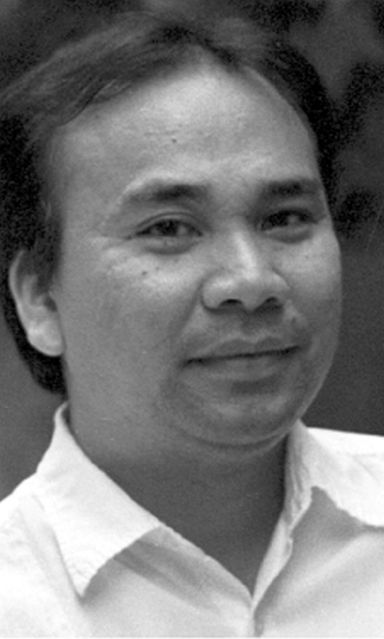Not a few people have asked me this question even before the on-going, P683-million underpass project along N. Bacalso Avenue. This question brings to mind the numerous 14th-15th-century artifacts that we recovered—and the many, many more that were not—during the excavation of the Subway Tunnel that forms part of the South Coastal Road that runs beneath Plaza Independencia.
I was a deputized officer of the National Museum of the Philippines at that time. I do not know who has been deputized at the moment but questions like the one asked to me above are worth looking into. I agree with others who think that excavations like this one now obtaining courtesy of the Department of Public Works and Highways (DPWH) should have required an archaeological assessment before proceeding. And if not, at least some archaeologist or one trained in archaeology should be called in from the National Museum to observe the first two to three meters of the excavation.
But all this is probably water under the bridge by now as I am pretty sure the excavation has proceeded deeper already.
Nevertheless, there are some dissimilarities between the location of this underpass and that of the SRP Subway Tunnel that must be noted as these will have bearing on whether artifacts, mainly evidences of a pre-Hispanic settlement or even burials, will be unearthed. The most obvious is that Plaza Independencia and Fort San Pedro, where the subway dissects beneath, were already established in the historical record as within the vicinity of the ancient settlement and trading port called Sugbu, where Magellan eventually met Humabon in 1521. Therefore, its grounds were expected to yield artifacts — which it did.
We have none of this kind of historical record for this strip of Natalio Bacalso Avenue, a.ka. South Road, where the underpass is being excavated right now.
Secondly, their locations. The SRP Subway Tunnel runs along the old coastline of Cebu while this underpass project is probably a kilometer or more away from the old, pre-reclamation shores of Cebu. Magellan’s chronicler, Antonio Pigafetta, describes albeit briefly but nonetheless tellingly that as the Spaniards approached the port of Sugbu, they could see houses lining the coastline and the way he describes it, the settlements may have stretched all the way to Talisay on the south and Mandaue on the north.
Thirdly, and I may be wrong, but I have not heard of any artifacts excavated during the construction of buildings within the vicinity of this underpass project.
Knowing Filipinos, there would have been stories raging had one of these past projects yielded even a ceramic shard or some animal bones with long legs that are then portrayed in rumors as that of a monster or some beast.
Which brings me to the final point I wish to make: that there should nevertheless be someone to monitor the site for cultural materials that may be unearthed, despite the slim chance of this happening. This area at best will probably yield unexploded bombs since this was the road that the Americans used when they marched to
Cebu on March 26, 1945 even as the skies were turned dark with American bombers pouring their bombs below days and months before this.
Assigning someone to monitor the project from the point of archaeology will help avoid nasty, unfounded suspicions that usually follow activities like this, like false rumors that the contractor found gold bars as thick as one’s thigh and as heavy as one’s weight. This usually arises especially if the area is closed or cordoned off from the prying eyes of the public. People around will then tend to start making up stories that so-and-so found gold bars of the fabled but unconfirmed Yamashita treasure and that the project is nothing short of a camouflage to look for it.
* * *
Today, sociology, anthropology and history alumni of the University of San Carlos will gather at Wrocklage Yard to mark the 50th anniversary of the formal establishment of academic departments at USC. In 1967, following a new organization setup, the anthropology, archaeology and sociology programs of USC were merged under one department which, for four decades thereafter, carried the moniker SoAn, short for the Department of Sociology-Anthropology. At the same time, the Department of History was also formally created, together with other departments. As it happens, in preparation for the massive educational reforms in the country, the two departments were merged into one about six years ago. And so all three programs have decided to hold this Golden Anniversary celebration together, complete with speeches, sports activities, plenty of reminiscences and lots of food.
Happy 50th to USC’s anthropology, sociology and history programs!
